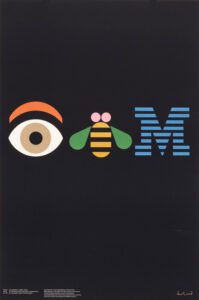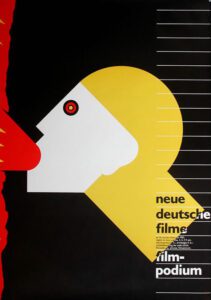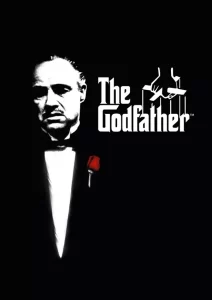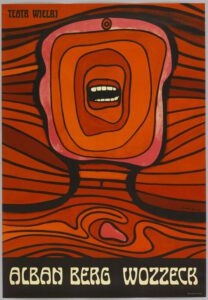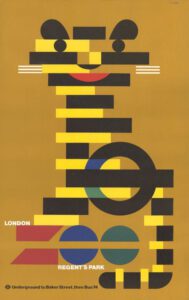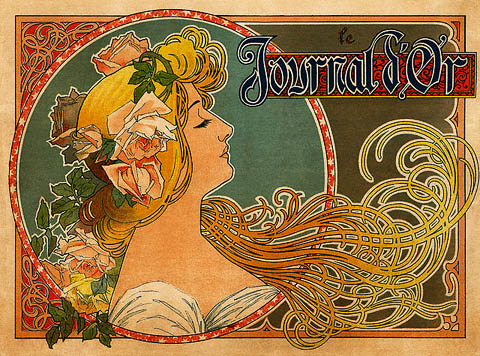
The Art Nouveau era
These days, businesses pay big money on advertising.
Whether it’s by hiring an outside firm or having a dedicated ad department of their own, companies pay this money to ensure that their products and services get promoted in a way that will capture the attention of the public – often using innovative or artistic marketing campaigns to do so.
But this wasn’t always the case.
In fact, it’s only in recent decades that advertising has been considered so important.
For that, we have to thank a flurry of activity around the end of the 19th Century – mainly focused in Europe, when the Art Nouveau era was at its peak.
During this period, some of the best artists in the world hired out their pens and paintbrushes to all manner of businesses and ad firms, for the purposes of promoting services and products.
And thus, modern advertising was born.
Let’s take a look at 11 Art Nouveau posters that explain how it came to be:
Absinthe Robette – Henri Privat-Livemont (1898)
In the 1890s, a common motif emerged when it came to advertising certain products, like alcoholic beverages or cigarettes.
The motif involved having beautiful women wearing next to nothing, with their hair flowing freely, and with adoring expressions about the products they were promoting.
Such is the case with Henri Privat-Livemont’s Absinthe Robette. Privat-Livemont, a Belgian artist, depicts the alcoholic drink in an almost life-affirmed way in this bright, colourful poster – as if it contains some health-giving properties or, even further, some secrets of the universe. In a city where women were gaining more social freedoms and absinthe was becoming an increasingly trendy drink, this poster was aimed at audiences – men and women – who might want to get in on the trend.
Théophile Steinlen’s famous La Chat Noir poster advertises the titular entertainment establishment as it was set to tour other cities, where its troupe of cabaret entertainers would be performing to new audiences. (The text on the poster reads “Coming soon, Rodolphe Salis’s Le Chat Noir on tour.”)
In keeping with the Art Nouveau style, the point of this poster was to dazzle, rather than to straightforwardly relay information (note how the poster tells you absolutely nothing about the entertainers themselves).
Steinlen, like most of the Art Nouveau designers, believed that the aesthetic forms and the expression of art were as important as the information and content contained within the poster. He also perhaps had an eye to the future – envisioning how posters like this might represent the era, as well as the contemporary moment.

